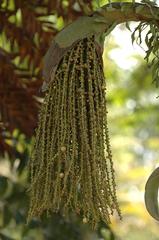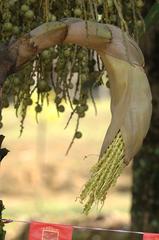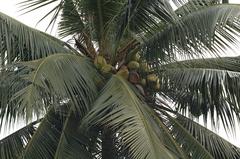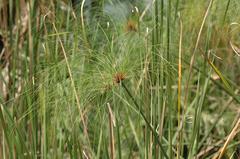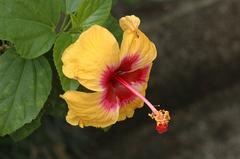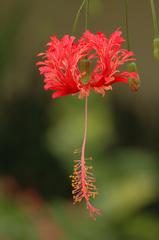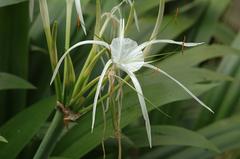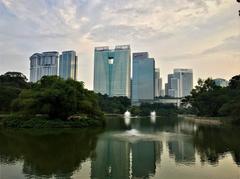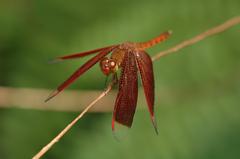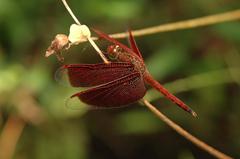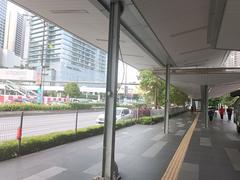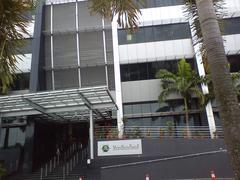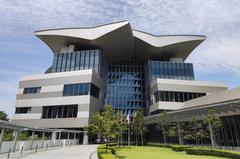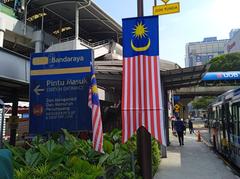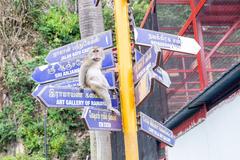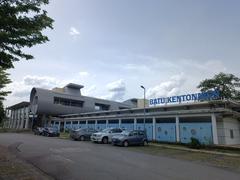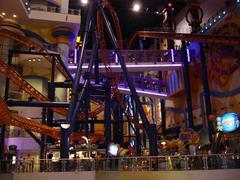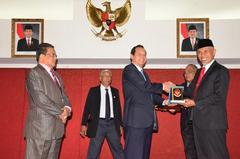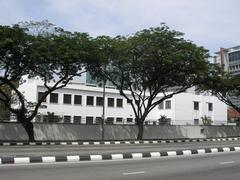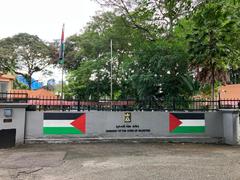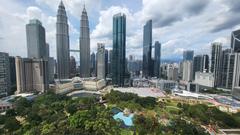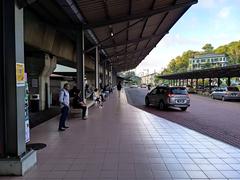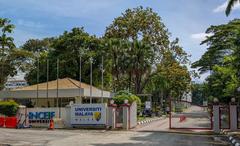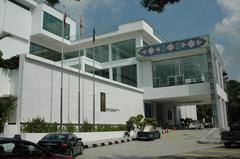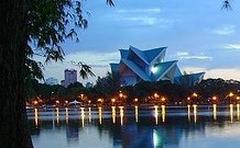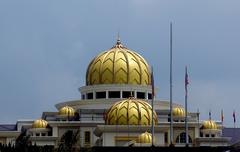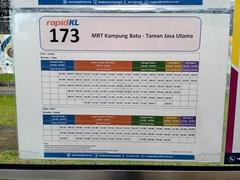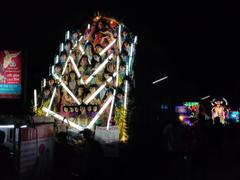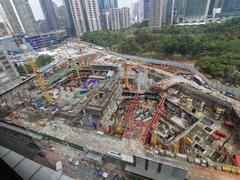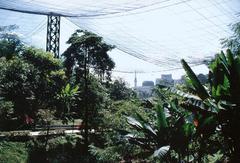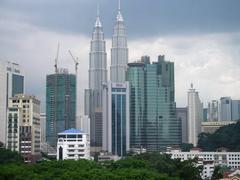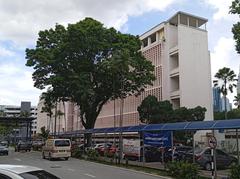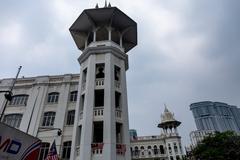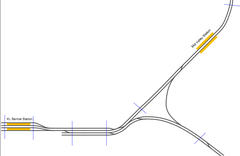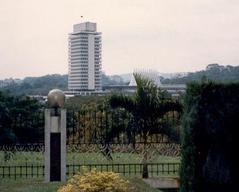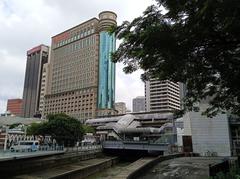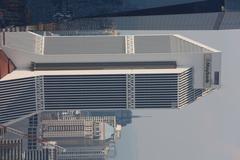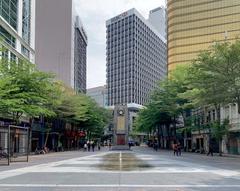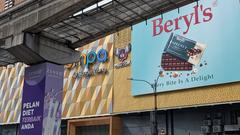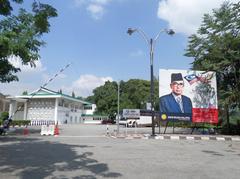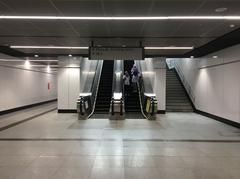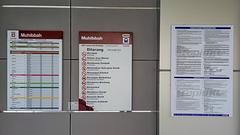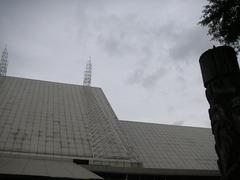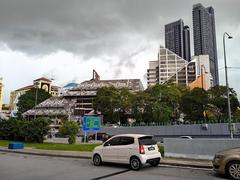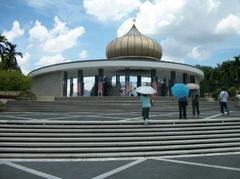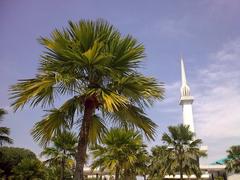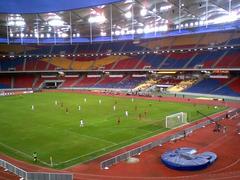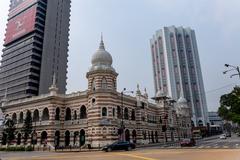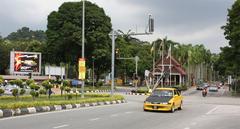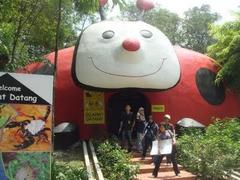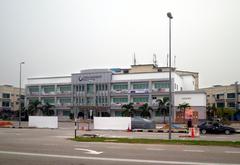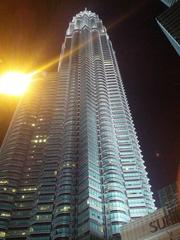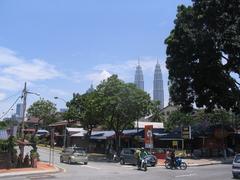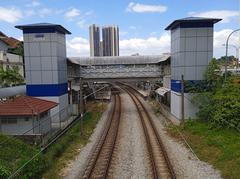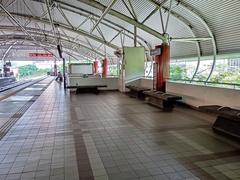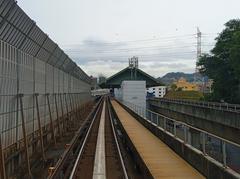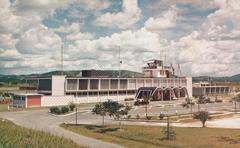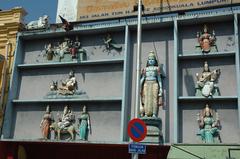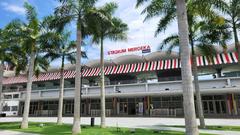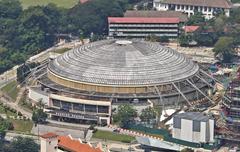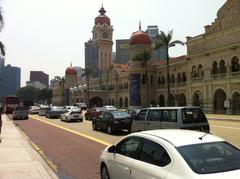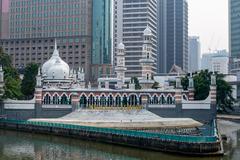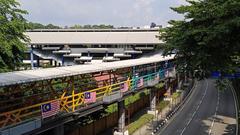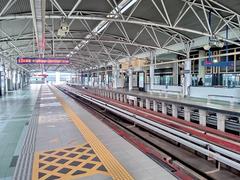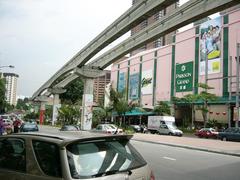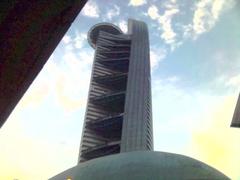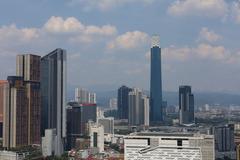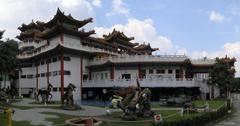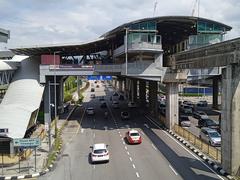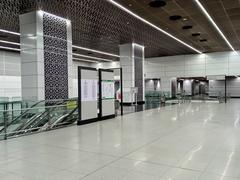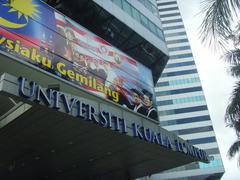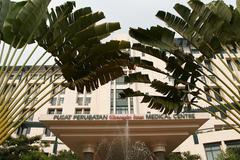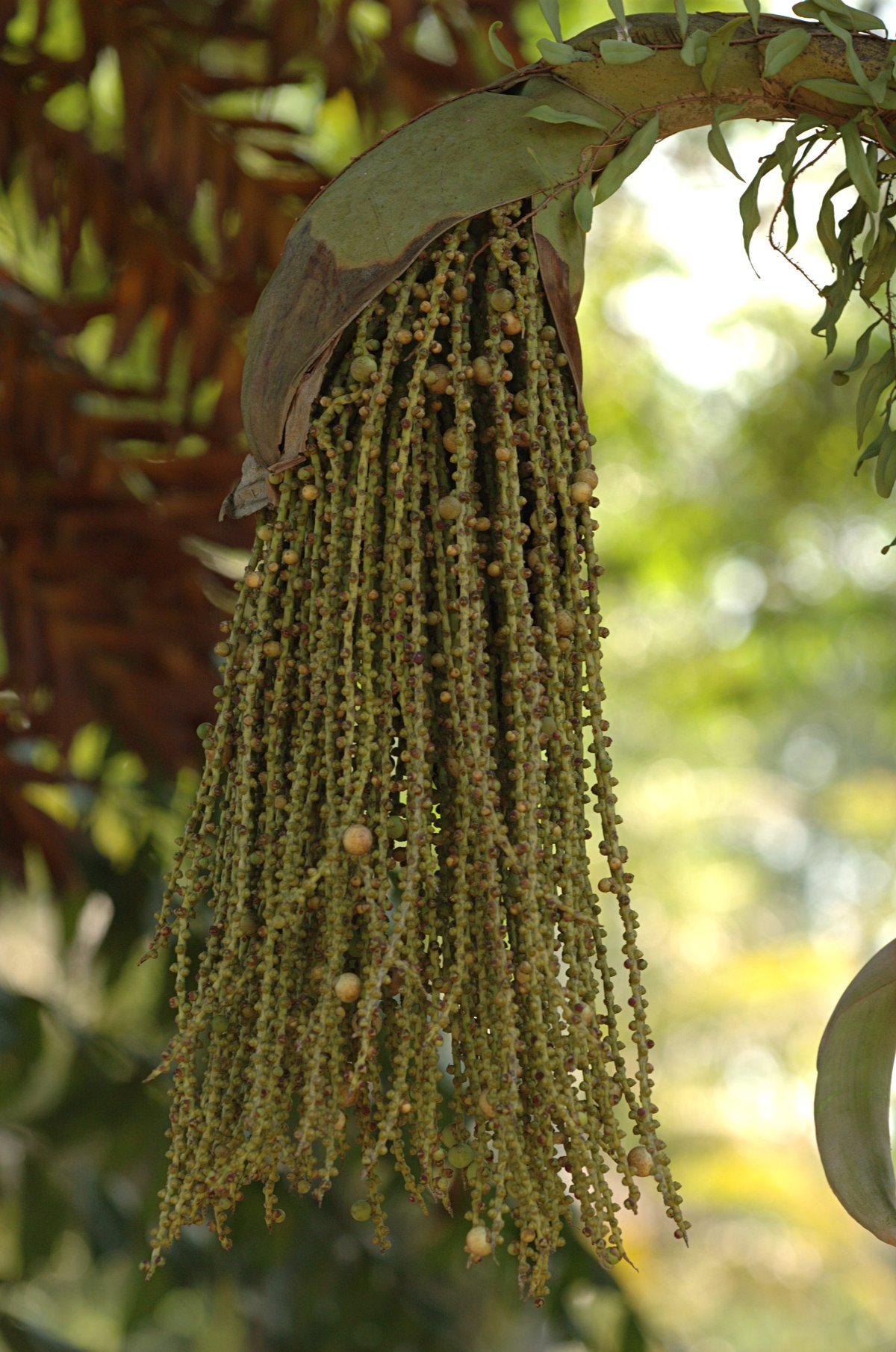
Comprehensive Guide to Visiting Jalan Tembusu, Kuala Lumpur, Malaysia
Date: 20/07/2024
Introduction
Jalan Tembusu, nestled in the heart of Kuala Lumpur, Malaysia, is more than just a street; it is a living testament to the rich history, cultural amalgamation, and dynamic evolution of the city. Named after the resilient Tembusu tree, the area embodies the enduring spirit of Kuala Lumpur’s diverse community. From its early days as part of a burgeoning tin mining hub in the late 19th century to its pivotal role in Malaysia’s fight for independence, Jalan Tembusu has witnessed and contributed to significant historical events. The street’s architectural heritage showcases a fascinating blend of colonial and traditional Malay styles, providing a visual journey through time. Today, Jalan Tembusu continues to be a vibrant cultural corridor, home to various cultural institutions, art galleries, and culinary delights. This guide aims to provide a comprehensive overview of what makes Jalan Tembusu a must-visit destination, covering its historical significance, architectural marvels, cultural attractions, visitor tips, and more (National Heritage Department, Petronas Twin Towers, Sri Mahamariamman Temple, Masjid Jamek).
Table of Contents
- [Introduction](#introductionintroduction)
- [Early Development and Colonial Era](#early-development-and-colonial-eraearly-development-and-colonial-era)
- [Architectural Heritage](#architectural-heritagearchitectural-heritage)
- [Role in the Independence Movement](#role-in-the-independence-movementrole-in-the-independence-movement)
- [Post-Independence Development](#post-independence-developmentpost-independence-development)
- [Cultural and Social Significance](#cultural-and-social-significancecultural-and-social-significance)
- [Preservation Efforts](#preservation-effortspreservation-efforts)
- [Modern-Day Attractions](#modern-day-attractionsmodern-day-attractions)
- [Visitor Information](#visitor-informationvisitor-information)
- [Visiting Hours & Tickets](#visiting-hours—ticketsvisiting-hours—tickets)
- [Guided Tours](#guided-toursguided-tours)
- [Cultural Events](#cultural-eventscultural-events)
- [Photography](#photographyphotography)
- [Local Cuisine](#local-cuisinelocal-cuisine)
- [Comfortable Footwear](#comfortable-footwearcomfortable-footwear)
- [Nearby Attractions](#nearby-attractionsnearby-attractions)
- [FAQ](#faqfaq)
- [Conclusion](#conclusionconclusion)
Early Development and Colonial Era
Jalan Tembusu, located in the heart of Kuala Lumpur, Malaysia, has a rich historical background that dates back to the late 19th century. During the British colonial era, Kuala Lumpur was rapidly developing as a tin mining hub. The area around Jalan Tembusu was initially part of a larger network of roads and settlements established to support the burgeoning tin mining industry. The British administration played a crucial role in the urban planning and infrastructure development of Kuala Lumpur, including the establishment of roads like Jalan Tembusu.
Architectural Heritage
One of the most significant aspects of Jalan Tembusu is its architectural heritage. The road is lined with buildings that showcase a blend of colonial and traditional Malay architectural styles. These structures serve as a testament to the area’s historical significance and the cultural amalgamation that took place during the colonial period. Notable buildings include the old shophouses, which were constructed using a combination of local materials and British architectural techniques. These shophouses often feature intricate wooden carvings and colorful facades, reflecting the artistic sensibilities of the time.
Role in the Independence Movement
Jalan Tembusu also holds a special place in Malaysia’s history due to its association with the country’s independence movement. In the mid-20th century, Kuala Lumpur became a focal point for political activities aimed at gaining independence from British rule. Jalan Tembusu was one of the locations where political rallies and meetings were held. Prominent leaders of the independence movement, such as Tunku Abdul Rahman, often frequented the area to garner support and mobilize the masses. The road thus became a symbol of the struggle for freedom and national identity.
Post-Independence Development
After Malaysia gained independence in 1957, Jalan Tembusu underwent significant changes. The road and its surrounding areas were modernized to accommodate the growing population and economic activities. However, efforts were made to preserve the historical and cultural essence of the area. Several buildings were restored and repurposed to serve as cultural centers, museums, and galleries. These initiatives aimed to maintain the historical significance of Jalan Tembusu while integrating it into the modern urban landscape of Kuala Lumpur.
Cultural and Social Significance
Jalan Tembusu is not just a historical landmark but also a cultural and social hub. The road is home to various cultural institutions, including art galleries, theaters, and cultural centers. These institutions play a vital role in promoting Malaysian culture and heritage. Events such as traditional dance performances, art exhibitions, and cultural festivals are regularly held, attracting both locals and tourists. The road thus serves as a vibrant cultural corridor that celebrates Malaysia’s rich and diverse heritage.
Preservation Efforts
In recent years, there has been a growing awareness about the importance of preserving Jalan Tembusu’s historical and cultural heritage. Various government and non-governmental organizations have undertaken initiatives to protect and restore the historical buildings along the road. These efforts include conservation projects, heritage walks, and educational programs aimed at raising awareness about the area’s historical significance. The National Heritage Department has been particularly active in these preservation efforts, ensuring that Jalan Tembusu remains a vital part of Kuala Lumpur’s historical landscape.
Modern-Day Attractions
Today, Jalan Tembusu is a popular destination for tourists and history enthusiasts. The road offers a unique blend of historical landmarks and modern attractions. Visitors can explore the beautifully preserved shophouses, visit cultural institutions, and enjoy the vibrant street life. The area is also known for its culinary delights, with numerous restaurants and cafes offering traditional Malaysian cuisine. Jalan Tembusu thus provides a comprehensive cultural experience, allowing visitors to immerse themselves in the rich history and heritage of Kuala Lumpur.
Visitor Information
For those planning to visit Jalan Tembusu, here are some useful tips:
Visiting Hours & Tickets
Jalan Tembusu is accessible 24/7. However, specific attractions like museums and cultural centers may have their own operating hours and ticket prices. It’s advisable to check their official websites for detailed information.
Guided Tours
Consider joining a guided tour to gain in-depth insights into the historical and cultural significance of the area. Several tour operators offer heritage walks that cover the main attractions along Jalan Tembusu.
Cultural Events
Check the local event calendar for cultural performances and festivals. These events provide a unique opportunity to experience Malaysian culture and traditions.
Photography
The architectural beauty of Jalan Tembusu makes it a perfect spot for photography. Don’t forget to bring your camera to capture the intricate details of the historical buildings.
Local Cuisine
Make sure to try the local cuisine at the various eateries along the road. From traditional Malay dishes to Chinese and Indian delicacies, Jalan Tembusu offers a diverse culinary experience.
Comfortable Footwear
Wear comfortable footwear as you will likely spend a lot of time walking and exploring the area.
Nearby Attractions
While in Kuala Lumpur, you may also want to visit other nearby historical sites such as Merdeka Square, the Sultan Abdul Samad Building, and the Petronas Twin Towers. These attractions offer a deeper insight into the city’s rich history and modern achievements.
FAQ
-
What are the visiting hours for Jalan Tembusu? Jalan Tembusu is accessible 24/7. However, specific attractions like museums and cultural centers may have their own operating hours.
-
Are there any entrance fees? While walking along Jalan Tembusu is free, some cultural institutions may charge an entrance fee. It’s best to check their official websites for up-to-date information.
-
What are some recommended guided tours? Several tour operators offer heritage walks that cover the main attractions along Jalan Tembusu. It’s advisable to book in advance.
-
Where can I find more information? You can visit the National Heritage Department’s website for more details on preservation efforts and historical significance.
Conclusion
In conclusion, Jalan Tembusu in Kuala Lumpur stands as an emblem of Malaysia’s rich and diverse heritage. Its historical significance, from the colonial era to the independence movement, coupled with its architectural beauty and cultural vitality, makes it a unique destination for both locals and tourists. The street offers a comprehensive cultural experience, blending historical landmarks with modern attractions, culinary delights, and vibrant street life. Efforts to preserve its historical essence ensure that Jalan Tembusu remains a vital part of Kuala Lumpur’s urban landscape. For those planning a visit, exploring this iconic street promises an enriching journey through Malaysia’s past and present. Stay updated on events and attractions by downloading the Audiala mobile app or following us on social media (National Heritage Department, RapidKL, Mandarin Oriental Kuala Lumpur, Nobu Kuala Lumpur, Central Market).
